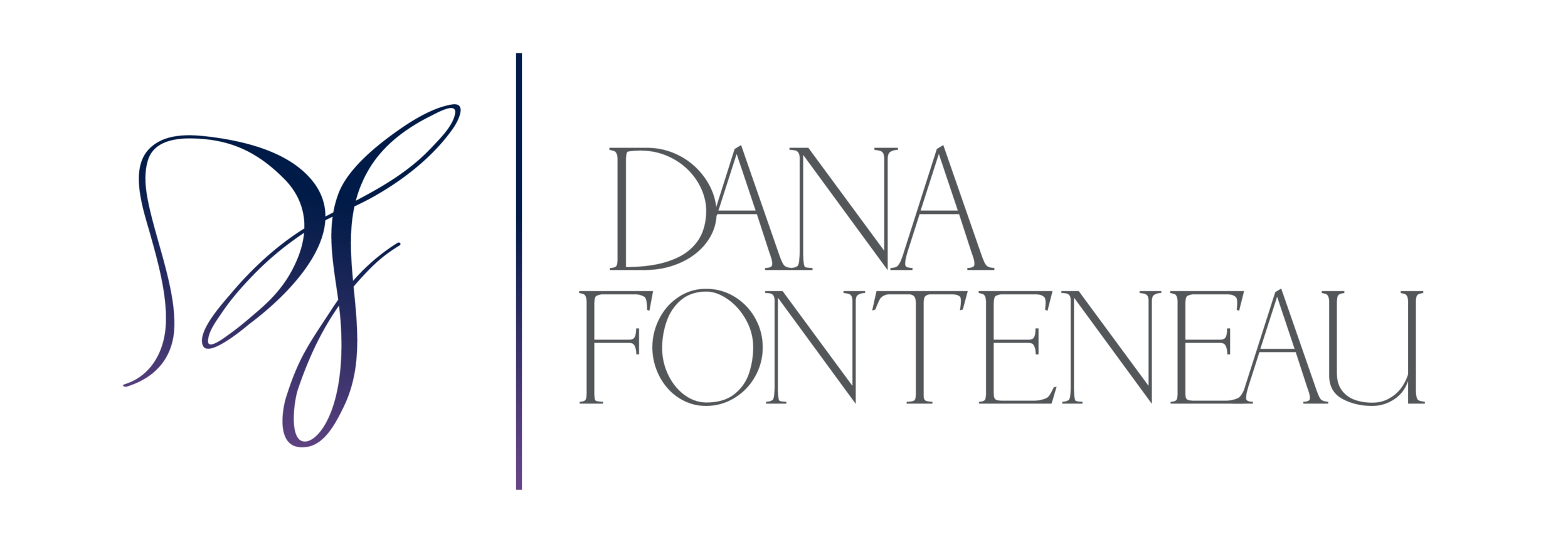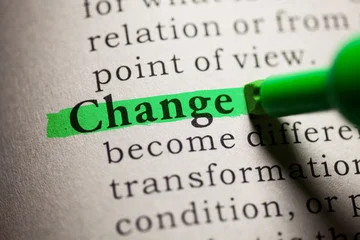How to Create Successful and Lasting Change.
"If you want small changes in your life, work on your attitude. But if you want big and primary changes, work on your paradigm."
- Stephen Covey, Author of The 7 Habits of Highly Effective People
CHANGE.
It’s one of the hardest things. We fight it, avoid it or try to control it. Worse even, is when we say we want it so badly but deep down don’t actually want to do what it takes to create it.
Like the times I kept saying to myself “I really want to get in shape” while binge watching Netflix and eating a bag of chips as I drink a glass of Pinot Noir.
“Tomorrow I’ll start,” I whisper to myself.
Right. THAT worked.
You can imagine my shock then when after years of saying I want to get in shape, change my diet and reduce alcohol, I find myself having successfully completed a 30 day diet and exercise challenge that is getting dramatic results.
I’m going to share the nitty gritty with you just so you know why this is so crazy.
This challenge involves a ketogenic diet: no sugar, no grains, no potatoes, basically no dairy unless whole milk or hight fat content, drinking a GALLON (yes, a GALLON) of water and no eating after 6:30pm. Basically all I do is eat meat, fish, nuts, vegetables, some berries, and drink water (and pee) all day and then repeat. I also did 30 minutes of mild exercise 4-5 days a week.
So how is it that I went from not getting off the couch to ten pounds lighter and embracing this new regime?!
I was so blown away by how this change was working, I’ve been studying every aspect of it. I know that “what you measure you manage” and I LOVE successful change. I wanted to create a formula that is repeatable, since so many past attempts have ended in failure. I figured that if I can do it, anyone can do it.
While this is specifically an example of life style change focused on health and wellness, the points can easily be applied to any area of life.
Here’s what I did and what I’ve learned:
I stacked the pain.
I got real and cracked through my own denial. I started focusing on all the things that weren’t working and how bad I felt. I did this until I could no longer deny what I was doing and how it was impacting me. I couldn’t ignore the fact that if I didn’t do something different, nothing would change and in fact could get even worse.
Drew on past success.
I had started doing daily meditation through an app called HEADSPACE. That app is genius because it basically makes it impossible to fail. It makes it SO EASY to build the habit and rewards you for your continued progress. If you lose your routine it helps you get back up and start again without discounting what you’ve already achieved. It basically hacks your internal critic. As of this writing I’ve meditated for 176 consecutive days. For me, that’s quite miraculous.
I looked to people whose success inspired me.
A close friend had started a ketogenic diet at the start of the summer and also a daily yoga regime and the results were really impressive. I saw him lose weight, gain muscle and look great. Even better, I saw his mood improve, his work ethic get great results and his all around demeanor showed he was really enjoying his life. That inspired the heck out of me.
Focused on the change I WANTED.
I started asking myself different questions.
What would be different because of these behavioral changes?
How did I want to feel? What would vitality and sustainable energy be like consistently vs the high and low of a sugar or caffeine boost?
How did I want to look? In one month, 6 months, 12 months? How will looking different impact how I feel about myself?
The biggest factor that impacted me in this case was burnout. I noticed that I crashed in exhaustion after every big success and I realized that ultimately this was detrimental to my long term success. The crash and reboot was taking up so much time and costing me longevity and consistent, sustainable growth in my creativity, output and business.
I made sure I had an overflowing amount of the right kind of energy.
What does that mean? Think for a moment of when you’ve been exhausted, angry or in overwhelm or despair. No matter what one thinks or feels in those kind of moments, the truth is that NO CHANGE IS POSSIBLE. It’s a stacked deck because there simply isn’t enough available energy.
In this case I went to my chiropractor, got adjusted and then talked about the change I wanted to make when I was in an optimized state.
I found an external structure that gave me rules and MADE IT SO SIMPLE.
I shared with my chiropractor my goal and she sent me straight to this 30 day challenge online. That structure has simplified a big goal into small, doable goals. There are basically 10 dos and don’ts that are easy to understand.
I eliminated indecision and decision making.
Indecision is the number one that has killed my past success. It tortures me and creates and open door for my critic to get in there and wreak havoc. If I have to make a decision and have too many options to choose from I will stay in the purgatory of indecision and then just give up. This is why routine is so essential.
I have ruled out almost all things to think about and given myself a routine that I follow and just get done. For example, if I let myself ponder if I will exercise in the morning or later in the day, I’ll waste so much time thinking about what I’ll do and when I’ll do it, while also thinking I don’t have time or know which route to go running or whether I should go to the gym.
Instead I have my workout clothes waiting at the foot of the bed and my tennis shoes waiting so that I change into them first thing. After brushing and flossing my teeth I am out the door for a 30 minute run/walk and I do the same route that I know works.
I stacked more pain.
Inspiration only lasts for so long if you don’t constantly renew it. And let me tell you, sugar is a nasty addiction that is just as bad as a cocaine addiction. I kid you not. And when it’s not just a biological addiction, but an emotional addiction it’s a doozy! Food and alcohol are amazing emotional creature comforts and feeling blockers.
Here’s an exercise that when done correctly cracks through that hard wiring:
Make a list of 200 drawbacks of not changing and things staying the same.
Make a second list of 200 benefits of doing the new behaviors and focusing on what will change.
Here’s a short example of what that looks like:
5 drawbacks if I don’t change my diet and exercise patterns:
I’ll keep feeling like shit about myself
I increase my risk for diabetes and heart disease (which runs in my family)
I increase my risk for fatty liver and alcoholism (which runs in my family)
I will keep spending a lot of money on eating out and wine with dinner
5 benefits to doing these new behaviors and creating the change I want:
I will feel better about myself
I will save money by cooking at home instead of going out
I will have more sustainable energy
I will have decreased brain fog and more clarity of thought
I will decrease mood swings and low blood sugar “hangry” attacks
I let myself feel all the feelings.
The biggest thing that came up when I saw change happening and that it wasn’t nearly as hard as I thought, was FEAR. Yup. Thoughts like “what will happen when I am different?” And “oh shit, I have all this energy it means I have to really follow through on my vision and get stuff DONE.”
I named the fear for what it is. I had the cry, I journaled, talked to a few people close to me, and then went back to focusing on the change I wanted and doing all of the above.
So there it is.
My suggestion is to increase your self-awareness and self-observation and really pay attention to what works for you and what doesn’t. Keep a running list and every time you notice something write it down immediately.
Here are a few books that can help:
1. The Power of Habit: Why We Do What We Do in Life and Business by Charles Duhigg
2. Atomic Habits: An Easy and Proven Way to Build Good Habits and Break Bad Ones by James Clear* (This is not available until October 2018 but you can get great stuff on his website and his newsletter in the meantime.)
3. The Values Factor by Dr. John F. Demartini


